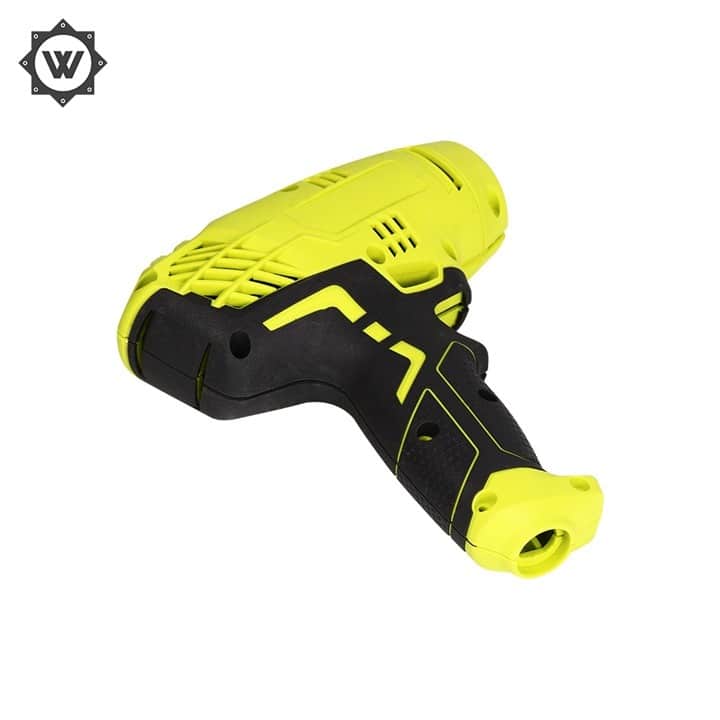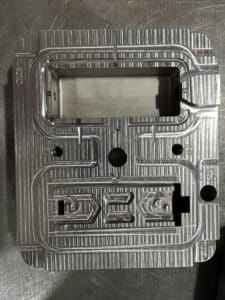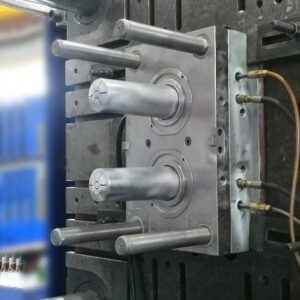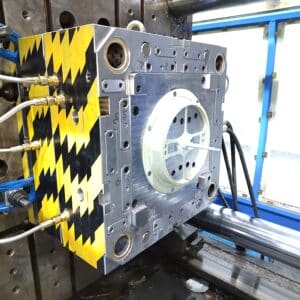Advantages and disadvantages of two-shot mold and overmold
1. Two-shot mold

2K MOLD-DOUBLE SHOT INJECTION MOLDS
(1) Advantages: It can be molded and processed by ordinary injection molding machines, and the investment in equipment is relatively small;
(2) Disadvantages: It is not suitable for precision double material and multi material injection molding products; The molding processing cycle is relatively long, and the production efficiency is lower than that of the two-color mold.
2. Overmold
(1) Advantages: – The molding process is fast, the processed products have a more beautiful appearance, and can process precise two-color or even multi-color (multi-color or multi material injection molding, and corresponding barrel and screw plasticizing device need to be added) products; For products that are difficult to be bonded, such as hard glue PA and soft glue TPE, the two-color mold is used for injection molding, which is better than the plastic wrapping mold;

overmold
(2) Disadvantages: The Two-shot mold requires a special two-color injection molding machine, but the cost of the two-color injection molding machine is much more expensive than the ordinary injection molding machine.
Selection of hard glue and soft glue commonly used in Two-shot mold or overmold:
The two-color mold or overmold is usually the composite molding of hard glue and soft glue. In theory, almost any kind of plastic can be used as the choice of hard glue, but in fact, considering the adhesion between soft glue and hard glue, the selection of hard glue varieties should be considered. Common hard adhesives include ABS, AS (SAN), PC, PC/ABS, PE, PP, PS (HIPS, GPPS), MBS (transparent ABS), etc; Hard adhesives such as PA (PA66 and PA6), PBT and POM are difficult to match with soft adhesives with good adhesion; The commonly used soft adhesives are TPE, TPR, silica gel, PVC, TPU, TPV and TPEE. Different types of hard glue need to be matched with corresponding types of soft glue and formula models, so as to achieve the best injection bonding performance.






